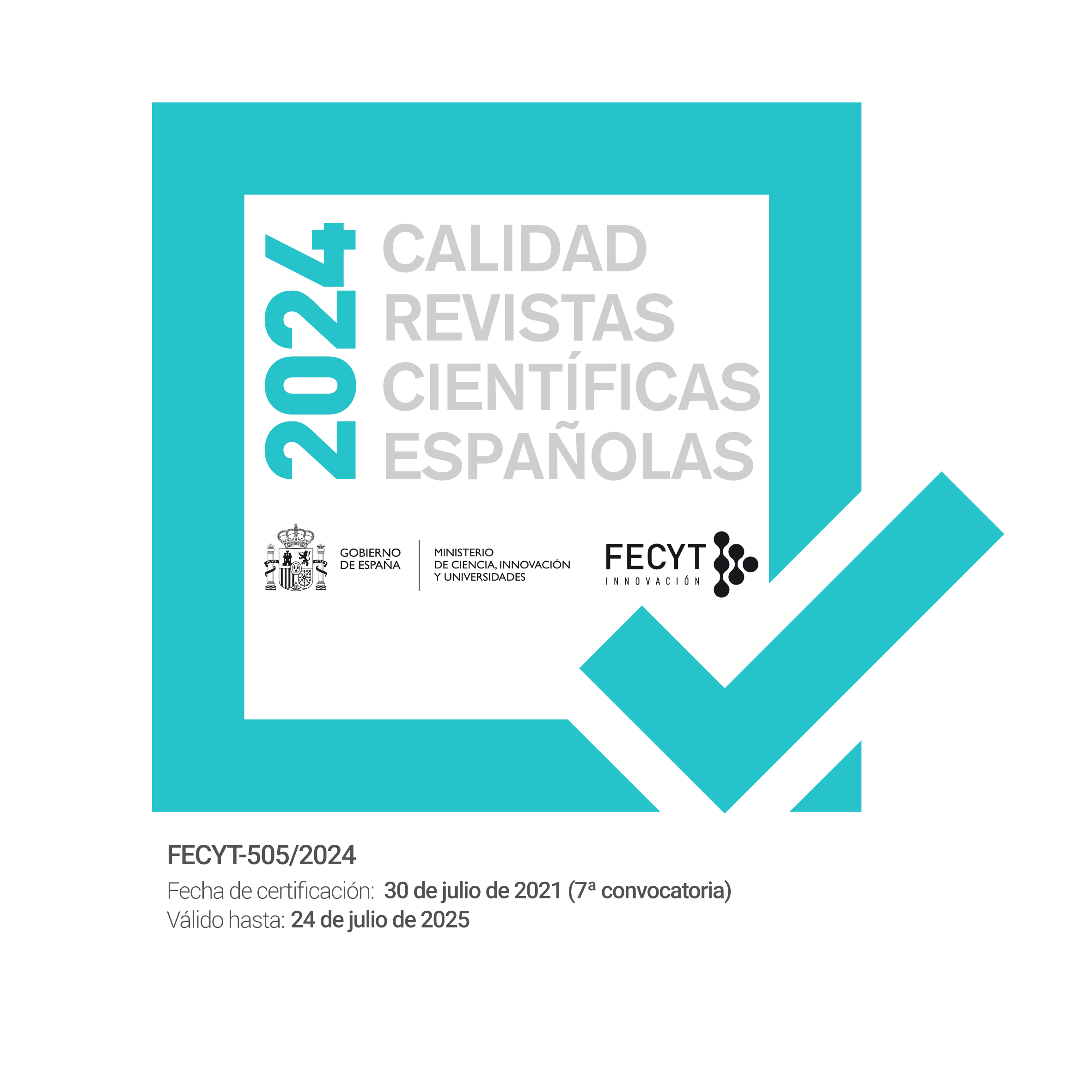¿Una imagen dualista en el De Anima de Aristóteles?
DOI:
https://doi.org/10.7203/qfia.1.2.4110 Abstract
Abstract
This paper deals with a seeming contradiction that may seriously impair Aristotle’s definition of the soul in his De Anima. While this definiens has been widely regarded as providing a non-dualistic account of life-functions, grounded in a hylomorphic approach to living beings, Aristotle sticks to an instrumental language vis-à-vis the body, which he consistently refers to as a tool of the soul. It is argued that this philosophical way of talking should be taken at face value, without dismiss- ing it as a stylistic feature or a theoretical hangover from Aristotle’s Platonic days. By paying close attention to the Peripatetic and Neoplatonic reception of the “soul – boatman analogy”, the paper concludes that organic bodies may be considered as instrumental in nature, without this entailing commitment to further individual souls conceived as “users”.
 Downloads
Downloads
Downloads
Published
How to Cite
-
Abstract654
-
PDF (Español)578
Issue
Section
License
![]()
Works published in QUADERNS DE FILOSOFIA are under the licence Creative Commons Attribution-NonComercial-NoDerivatives 4.0 International.
Authors retain copyright and grant the journal right of first publication with the work simultaneously licensed under a Creative Commons Attribution License that allows others to share the work with an acknowledgement of the work's authorship and initial publication in this journal.
Authors are able to enter into separate, additional contractual arrangements for the non-exclusive distribution of the journal's published version of the work (e.g., post it to an institutional repository or publish it in a book), with an acknowledgement of its initial publication in this journal.
The authors authorize the publisher to archive the article into databases and indexes (such as EBSCO, DOAJ, ProQuest), and permit the publisher to apply DOI to the article.
Authors are permitted and encouraged to post their work online (e.g., in institutional repositories or on their website) prior to and during the submission process, as it can lead to productive exchanges, as well as earlier and greater citation of published work (See The Effect of Open Access).





